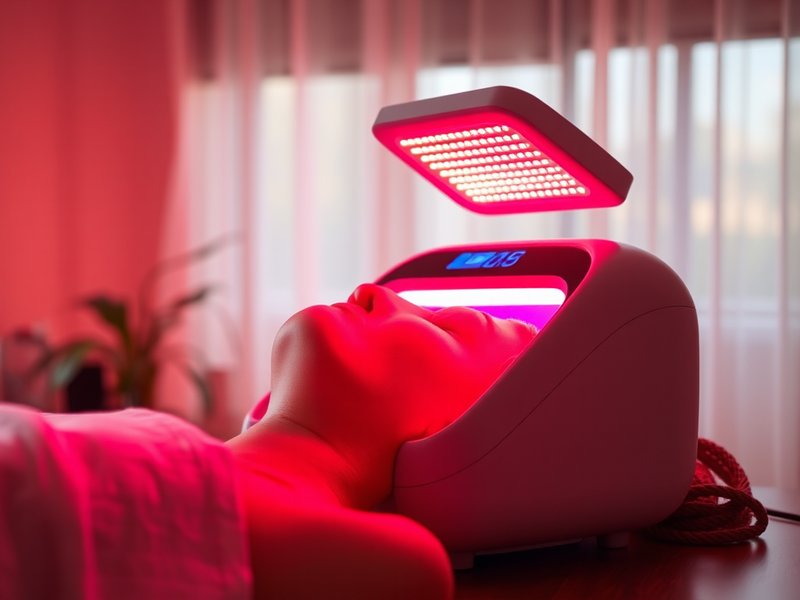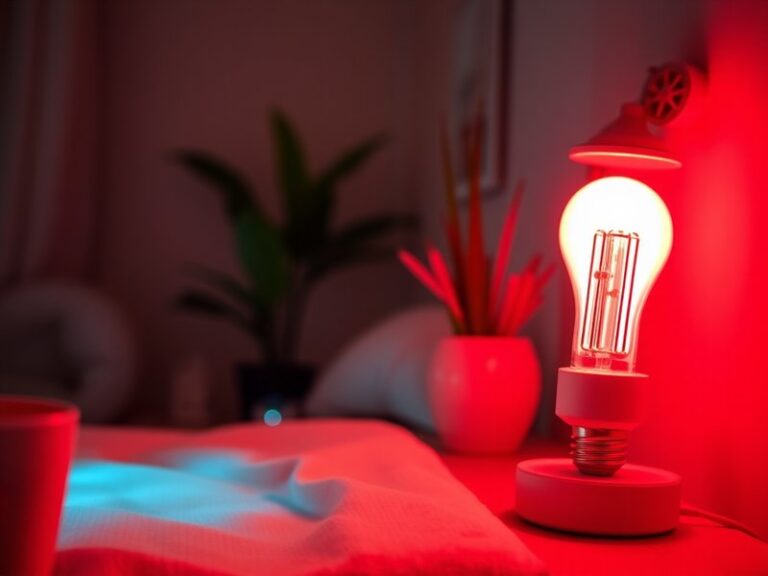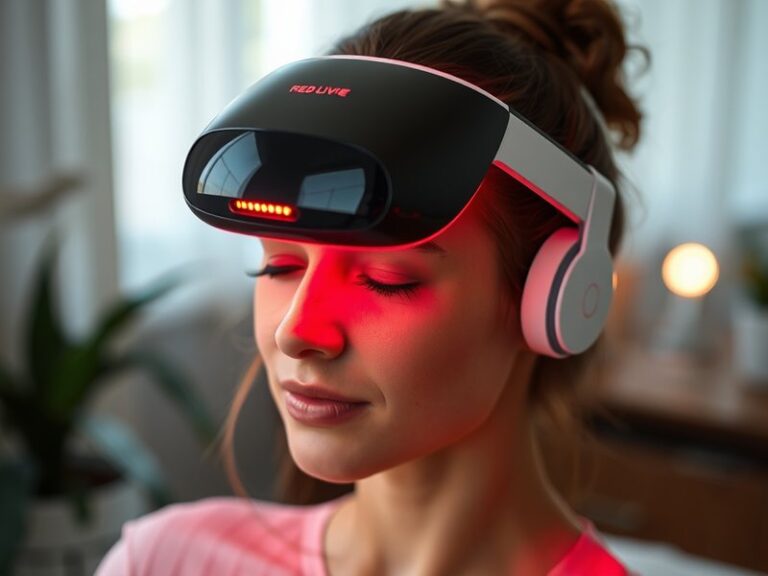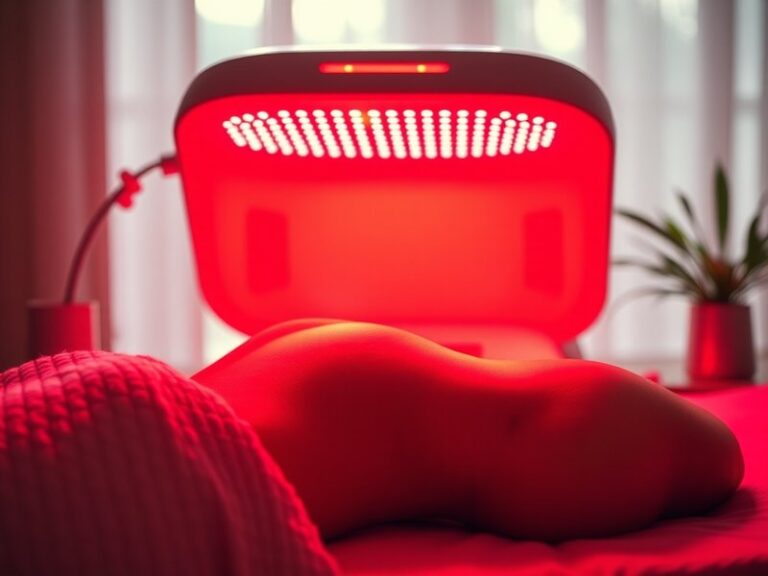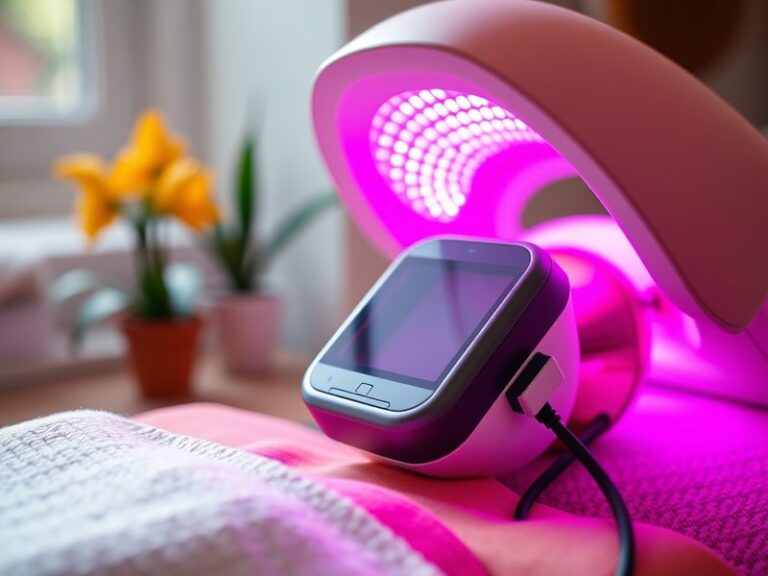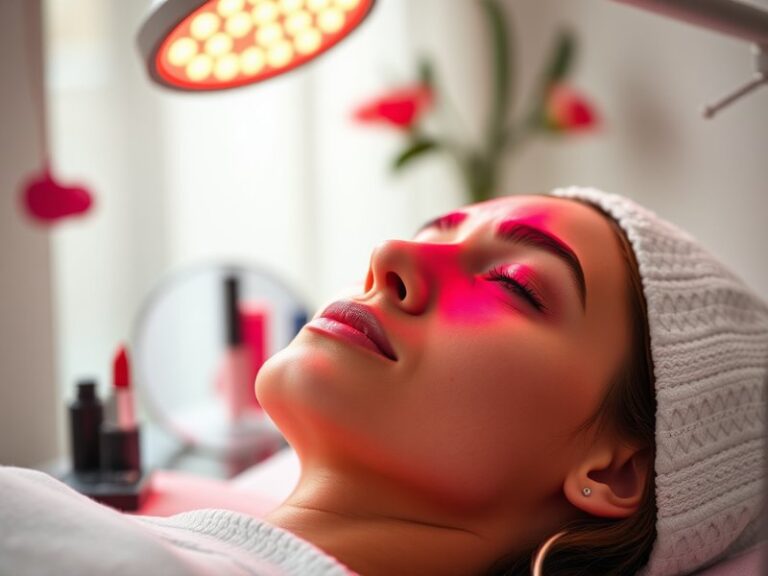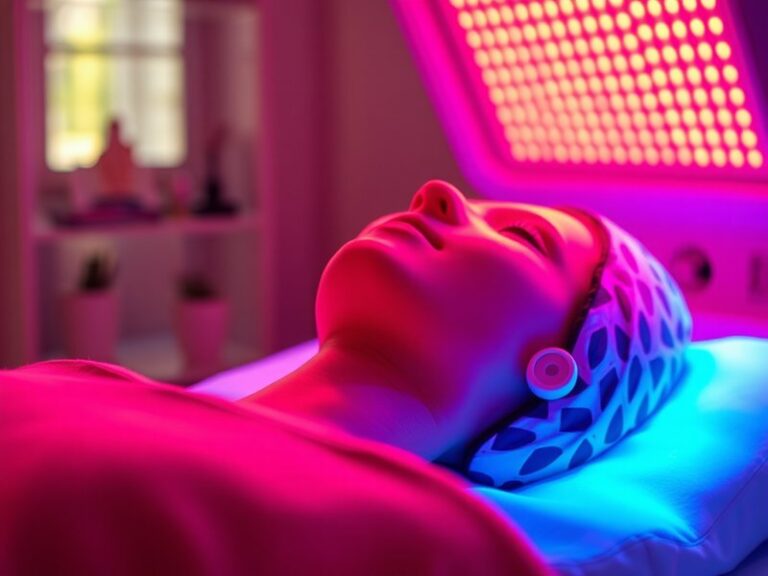Is Red Light Therapy Proven?
Is Red Light Therapy Proven?
Are you curious about the buzz surrounding red light therapy and its benefits?
In this article, we will explore whether red light therapy is a proven treatment, addressing its effectiveness, benefits, considerations, alternatives, and frequently asked questions. By the end, you will have a clearer understanding of whether it’s a viable option for your health and wellness needs.
Key Takeaways
- Red light therapy has shown promise in various studies for skin and pain relief applications.
- While there is substantial anecdotal evidence, scientific research is still ongoing to establish definitive conclusions.
- Individual experiences may vary, making it crucial to consult with a healthcare provider before starting treatment.
What is Red Light Therapy?
Red light therapy is a non-invasive treatment that utilizes low-level wavelengths of red light to promote healing and reduce inflammation. It is also known as low-level laser therapy (LLLT) or photobiomodulation. This therapy targets the mitochondria within cells, enhancing their energy production, which can lead to various physiological benefits.
Red light therapy is commonly used in aesthetic treatments for skin rejuvenation, wound healing, hair growth stimulation, and pain management. It’s important to note that this therapy typically requires multiple sessions for optimal results.
What are the Benefits of Red Light Therapy?
The benefits of red light therapy have garnered attention in both clinical and everyday settings. Below, we will delve into some of the key advantages associated with this therapy.
Enhanced Skin Health
Red light therapy promotes collagen production, reducing wrinkles and improving skin texture. Studies have indicated a significant reduction in fine lines, making it a popular choice in aesthetic clinics.
Pain Reduction and Inflammation Control
Numerous studies suggest that red light therapy can alleviate pain from conditions such as arthritis, muscle strain, and joint pain. It works by improving circulation and reducing inflammation, aiding in quicker recovery times.
Improved Wound Healing
Research indicates that red light can accelerate the healing process of wounds and injuries. This is particularly beneficial for diabetic patients suffering from slow-healing ulcers.
Boosted Hair Growth
There is evidence suggesting that red light therapy can lead to increased hair growth in individuals with androgenetic alopecia. It stimulates hair follicles and promotes healthier hair.
Is it Possible to Use Red Light Therapy at Home?
Yes, red light therapy devices are readily accessible for home use. Individuals can purchase handheld devices or larger panels to incorporate this therapy at their convenience.
What are the Advantages of Using Red Light Therapy at Home?
Using red light therapy at home provides several advantages:
- Convenience: You can incorporate therapy into your daily routine without the need for travel to a clinic.
- Cost-effective: Over time, investing in a home device may be more economical compared to multiple treatment sessions at a professional facility.
- Flexibility: Schedule your therapy sessions according to your own availability, allowing for personalized treatment times.
What are the Disadvantages of Using Red Light Therapy at Home?
However, using red light therapy at home also comes with its challenges:
- Lack of Professional Guidance: Without the expertise of a trained professional, it may be challenging to determine the most effective treatment plan.
- Device Variability: Not all home devices are created equal; lower-quality devices may not deliver effective results.
- Time Commitment: Achieving therapeutic results may require consistent and extended use periods, which some may find challenging to maintain.
What are the Things to Consider Before Using Red Light Therapy?
Before beginning red light therapy, several important factors should be evaluated.
Skin Sensitivity
Individuals with sensitive skin should exercise caution to avoid adverse reactions. Testing on a small area before full application is advisable.
Existing Medical Conditions
Consulting with a healthcare professional is crucial, especially for those with underlying health conditions or those taking medication that affects skin sensitivity or healing.
Find out our perspective on Red Light Therapy Duration?
Device Selection
When opting for at-home devices, research is essential. Look for products that have been tested and have positive reviews from users and experts alike.
Read our exploration of Frequency of Red Light Therapy for Wrinkles?
Frequency of Use
Understanding the recommended frequency of use for effective therapy is key. Following guidelines ensures maximum benefit without diminishing returns or side effects.
What are the Alternatives to Red Light Therapy?
If red light therapy doesn’t seem suitable for you, several alternative treatments can offer similar benefits.
Ultrasound Therapy
Ultrasound therapy uses sound waves to promote healing and reduce pain. It’s often used in physiotherapy settings for muscle and joint injuries.
Cold Laser Therapy
Cold laser therapy, similar to red light therapy, is non-invasive and aims to stimulate healing and reduce pain. It operates at different wavelengths and may be preferable for certain conditions.
Microdermabrasion
For skin health and rejuvenation, microdermabrasion offers a mechanical exfoliation method that promotes collagen production and improves skin texture.
Massage Therapy
This holistic approach aids in pain relief and promotes circulation, effectively managing muscle tension and discomfort.
Conclusion: Is it Recommended to Use Red Light Therapy?
Based on current evidence and understanding, red light therapy can be a beneficial treatment for various conditions, particularly for skin health, pain relief, and wound healing. However, individual experiences may vary, and it’s vital to consult with a healthcare professional before starting treatment.
Frequently Asked Questions
Is red light therapy safe?
Yes, red light therapy is generally considered safe for most people when used as directed. However, consultation with a healthcare provider is recommended, especially for individuals with specific health issues.
How long does a red light therapy session last?
A typical session lasts between 10 to 30 minutes, depending on the area being treated and the desired effects. Regular treatments may be necessary for the best results.
Can red light therapy be harmful?
While the therapy is safe, overuse or incorrect usage can lead to skin irritation. Always follow manufacturer instructions or professional guidance.
How often should I use red light therapy?
The frequency of use typically depends on your specific goals. Many practitioners recommend sessions 2-3 times per week for optimal results.
Does it hurt?
No, red light therapy is painless and often described as a gentle warmth on the skin during treatment. Many find it relaxing and soothing.
In conclusion, red light therapy presents a fascinating and potentially effective treatment option, meriting consideration for those looking to explore alternative healing methods.
